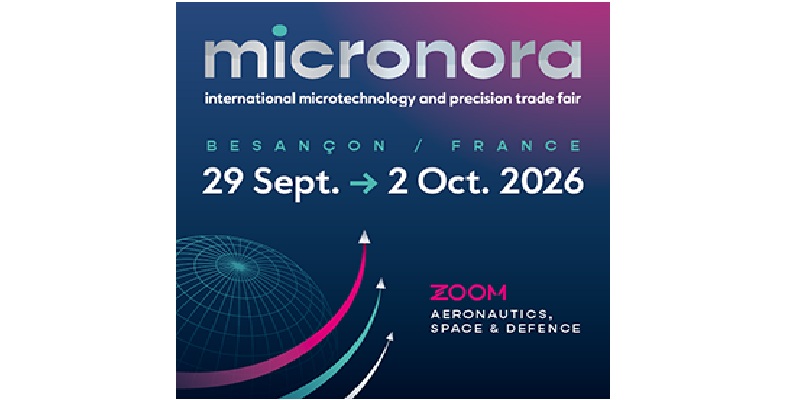Schedule a Call Back
Sanjiv Garg: DFCs have improved turnaround time for freight trains
 Interviews
Interviews- Sep 28,24

Related Stories

Indian Machine Tools Industry Gains Amid Shifting Global Dynamics
India’s machine tools industry is attracting strong global investment, driven by rising domestic demand, precision manufacturing growth and supply-chain realignments, even as global markets slow. ..
Read more
Texmaco Rail Secures Rs 1.32 billion BLSS Wagon Order from TTRL
Texmaco Rail & Engineering Limited has secured an order worth Rs 1.32 billion, excluding taxes, from Touax Texmaco Railcar Leasing Private Limited (TTRL) for the supply of a rake comprising BLSS and..
Read more
India’s demand for high-precision machine tools is rising: K Balasubramaniam
In this interaction with Rakesh Rao, K Balasubramaniam, Founder, Tsugami Precision India, discusses the evolving machine tools landscape and the company’s role in shaping India’s manufacturing t..
Read moreRelated Products

Ball Rail Systems
Jinisha Electrolites offers a wide assortment of ball rail systems














